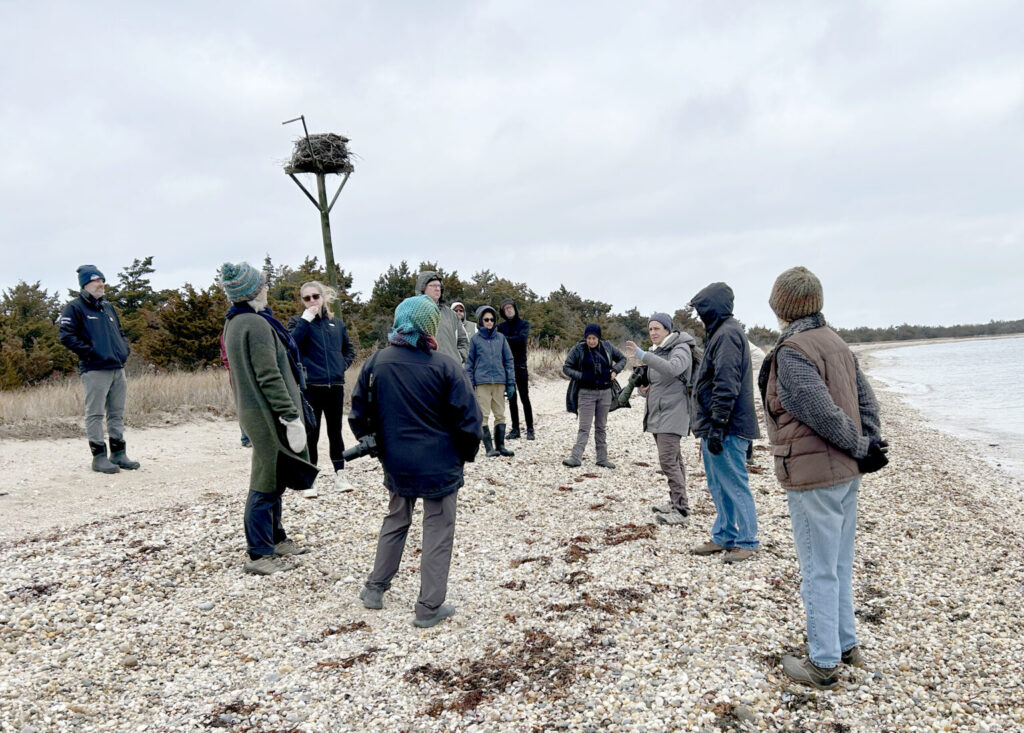Editorial: Progress is made toward preserving Plum Island

“Never doubt that a small group of thoughtful, committed citizens can change the world. Indeed, it is the only thing that ever has.” — Margaret Mead
We were reminded of this comment last week when it was announced that the federal omnibus spending bill passed by Congress last month speaks to a long-held hope on eastern Long Island and across southern New England: the preservation of 840-acre Plum Island, east of Orient Point.
The federal government put the island up for sale in 2008, placing it at risk for development. No one who cares for the East End’s extraordinary natural gifts would want that. After much advocacy by citizens’ groups, the island was taken off the auction block in 2020. The federal Department of Homeland Security wants to close the animal disease research center on the island at the end of the decade and move it to Manhattan, Kan.
Those behind the preservation effort include a host of Southold Town officials, the Suffolk County Legislature, groups in southern New England and organizations such as North Fork Audubon Society, North Fork Environmental Council, The Nature Conservancy and the very effective Save the Sound.
Louise Harrison, Save the Sound New York’s natural areas coordinator, said a marine review of waters around the island, conducted last spring, was an “amazing endeavor” and called Plum Island “a national treasure.”
It is indeed that. Dives around the island have showcased rare animal and plant species in the its waters. The pristine conditions among the huge submerged boulders left behind when the glaciers of the last Ice Age receded surprised specialists involved in the dives and those reviewing the data.
One of the scientific divers described what he saw as a “wow” moment because of the diversity of habitats and the remarkable abundance of life. A list of species divers saw firsthand is impressive.. What the divers did not find was evidence of human intrusion. For this island and the waters around it to be subjected to development would be obscene.
Plum Island has been mostly closed to the public since the federal Department of Agriculture established the research facility there in 1954.
In an email, Ms. Harrison hailed the signing of the omnibus bill. The island now moves closer to being preserved. Preservation would protect its natural — and Indigenous — history, along with all the species that call it home.
“Having had the good fortune to visit and tour Plum Island a few times, I can say unequivocally its natural areas are ecologically significant and spectacular,” she wrote. “If it can be preserved as a national monument, its rare habitats and sensitive species can be cared for, and its pre- and post-colonial cultural significance can be understood better by visitors, duly celebrated.
“I’ve never heard anyone who’s been to Plum Island say they weren’t taken by its beauty and the excitement of looking out over the amazing views of Gardiners Bay, Long Island Sound and Plum Gut, or looking east to Great Gull and Little Gull islands,” she added.
“It’s not an exaggeration to say one feels changed by visiting and bringing to mind the mysteries of its deep history, so completely tied to its rich ecological elements, both on land and in the clean, clear waters around it. Breathtaking yet life-giving.”
One battle cry on the East End is to “Save What’s Left.” Saving Plum Island is an essential part of that effort.









